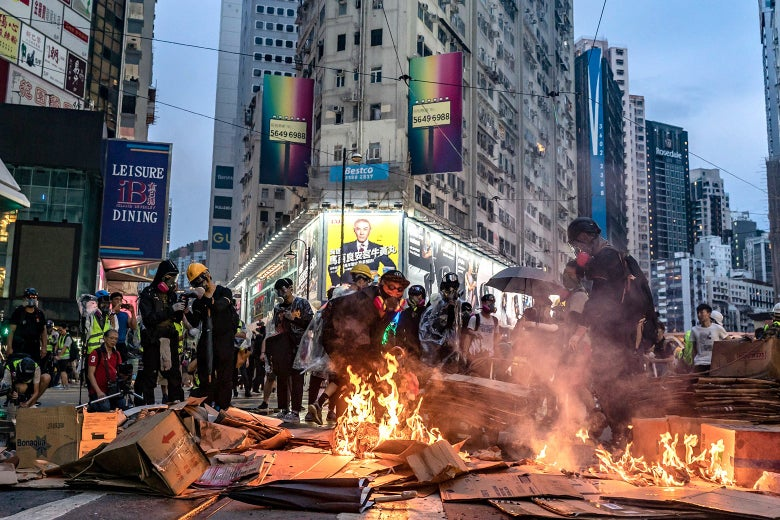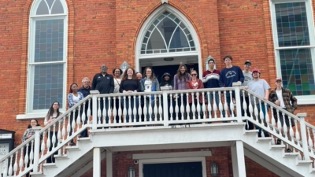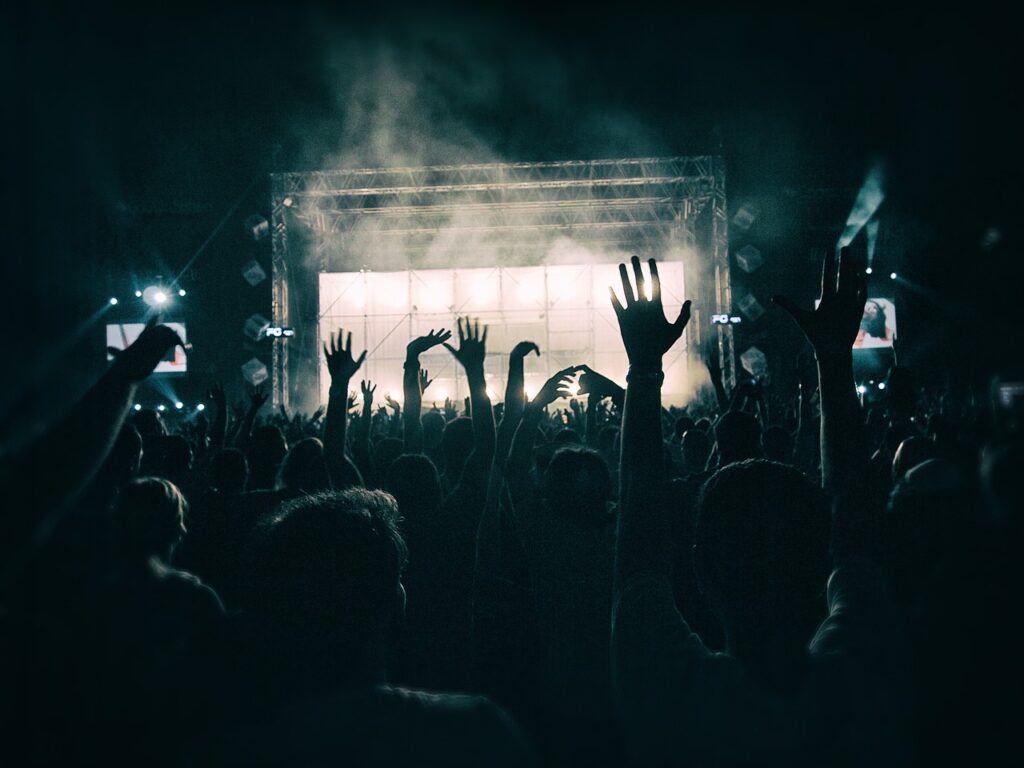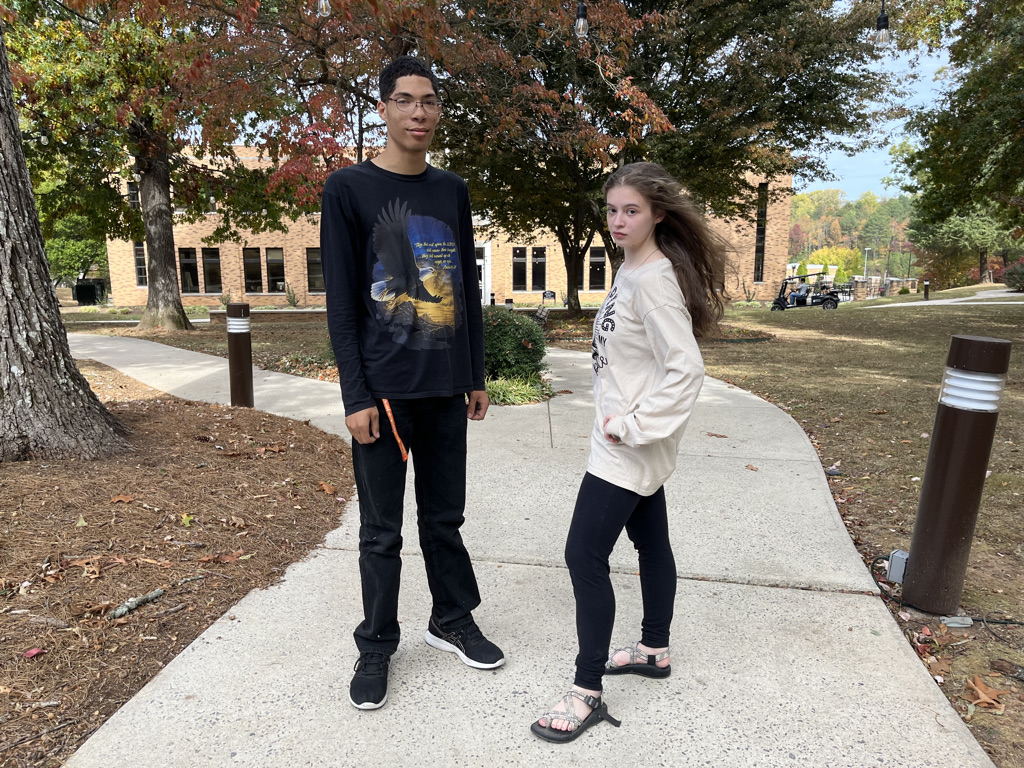Written by: Jake Love, staff writer
HONG KONG — A protestor was shot by a police officer and a 57-year-old man was set on fire on Monday, Nov. 11, amidst increasingly violent pro-democracy protests in Hong Kong.
Both victims are currently hospitalized; the shooting victim is in serious condition, while the burn victim is in critical condition. The Hong Kong police will alegedly investigate the incidents, with attempted murder charges to be brought against the person who set the man on fire.
These attacks come after five months of continuous violent protests in the city of 7.4 million.
The protests began when Hong Kong’s government introduced a bill that would allow Hong Kong citizens who committed crimes in China to be extradited to mainland China, where they could be tried by China’s judicial system. The bill was introduced after a man who lived in Hong Kong murdered his girlfriend in Taiwan, but couldn’t be tried because extradition to Taiwan wasn’t allowed.
However, many in Hong Kong saw the bill as an encroachment by China onto the partial sovereignty of Hong Kong.
In 1997, Britain, of whom Hong Kong was formerly a colony, gave Hong Kong to China, but the deal came with certain regulations.
According to the agreement, China cannot have complete control over Hong Kong until 2047. Until then, Hong Kong is supposed to act as a semi-autonomous region and exercise a one nation with two systems government.
This means that although Hong Kong belongs to China, Hong Kong is allowed civic autonomy.
Hong Kong’s constitution allows many liberties, such as freedom of speech, of the press and of peaceful assembly, which China doesn’t allow.
Chinese President Xi Jinping is accused of trying to uproot Hong Kong’s partial sovereignty earlier than he’s supposed to, as China has imprisoned nine pro-democracy politicians from Hong Kong and mysteriously shut down many Hong Kong book stores.
Moreover, while Hong Kong’s population has overwhelmingly voted for pro-democracy public officials since 1997, anti-democracy politicians have consistently held the majority. This is because the civic seats which Hong Kong citizens are allowed to vote on only make up 40% of their congress; the rest of the 60% are decided upon by residents of Hong Kong who are in the upper social class and influenced by the Communist Party of mainland China.
Although the protests caused the extradition bill to be totally withdrawn, protestors are continuing because they have additional social demands, among them being total independence from China and an investigation into the alleged brutality of Hong Kong police during the protests.
The Hong Kong government has dismissed the protesters as uncivil mobs and rioters, with China’s Communist Party chosen Hong Kong Chief Executive Carrie Lam, who was forced to step down, saying, “They have no stake in the society,” and calling the protests “A very selfish act.”
However, many members of Hong Kong’s white collar class have joined the protests as well. In a video from the Washington Post, Kelvin, an anonymous 33-year-old accountant, is shown fashioning a Molotov cocktail on the deck of his apartment for a protest later that day. He said he uses them to “create a barrier, so peaceful protestors can [be redirected when violence breaks out].”
The video also shows Samson, 32, another anonymous accountant, explaining why the protests can’t be peaceful. Samson is part of the Umbrella Movement, which consisted of peaceful protests in Hong Kong in 2014.
However, Samson relayed, “In [my] heart, [I] knew that the protests were useless because the government doesn’t respond to Hong Kong citizens. They respond to the central government.”
He said he realized the protests must turn violent on July 21, 2019, when in the Yuen Long neighborhood of Hong Kong, triads, which are organized crime members, stormed a subway station to attack peaceful protestors returning from a march. Some people were hospitalized as a result of the attack, and police didn’t respond to the scene for an hour-and-a-half.
Presently, there has been no indication of the violence in the protests deescalating. Police have consistently used tear gas to disperse crowds and have arrested 3,500 protesters since the protests started, with many of them being students. On Monday, many public schools, college campuses and businesses closed as a result of the protests.
Although the U.S. has released public statements condemning violence on both sides, China has accused the U.S. and other major world powers of actually encouraging the protests.
Lam has said that political discussion in Hong Kong will not continue until the protests end. But, it seems that the end to the protests isn’t in sight.
Jake Love is a staff writer for the Triangle. He is an English major with an emphasis on creative writing and commutes from Soddy-Daisy, Tenn. He enjoys reading and consuming large amounts of caffeine.




